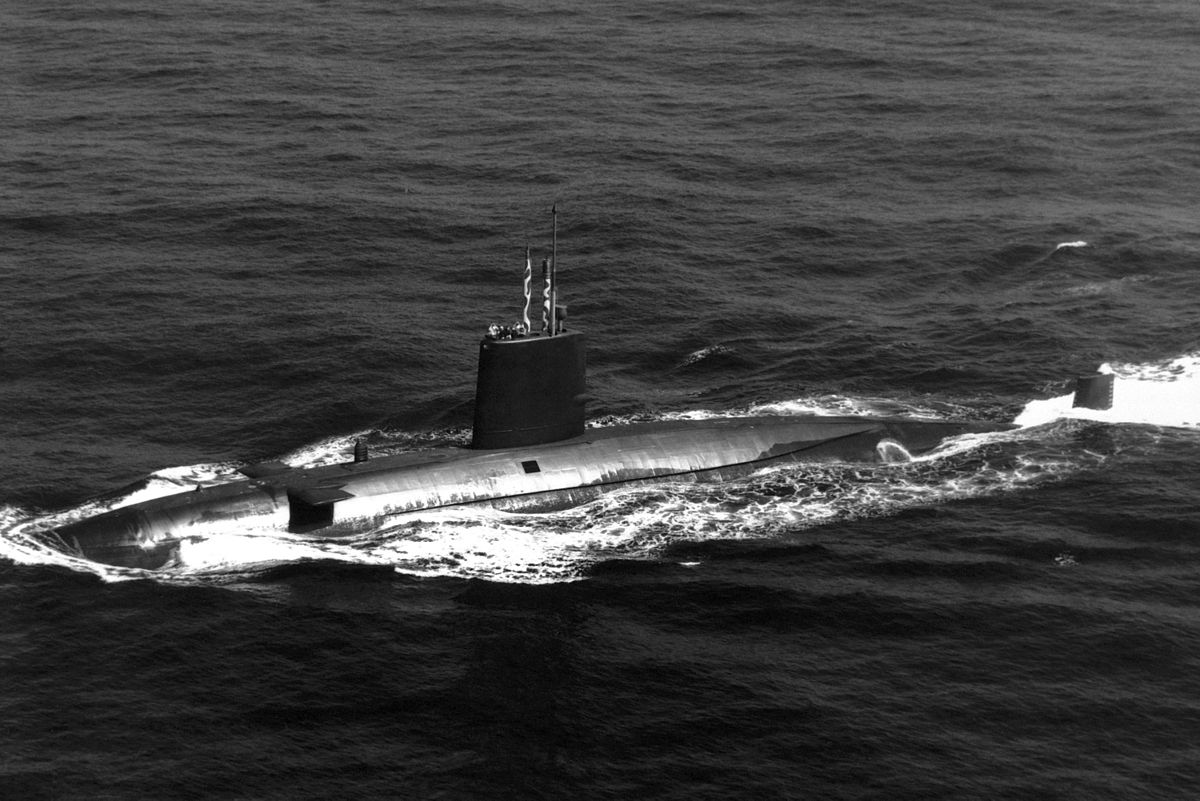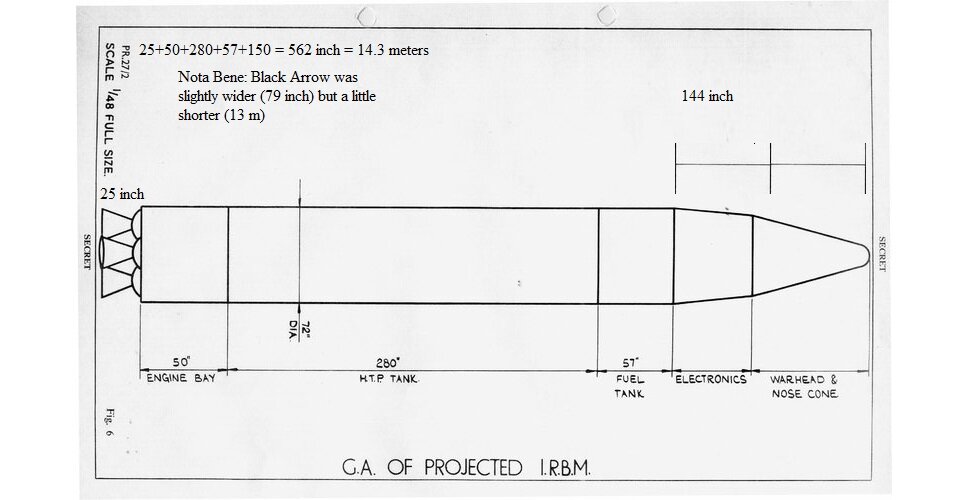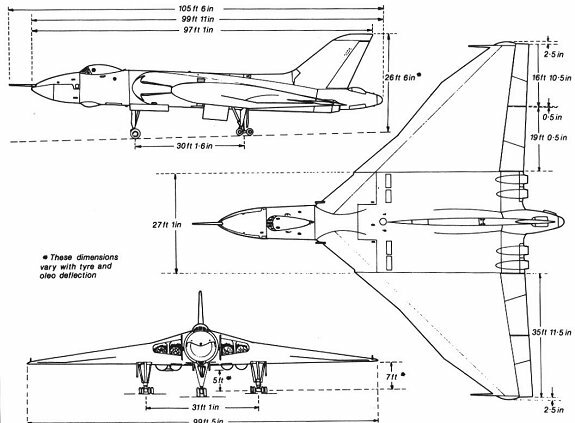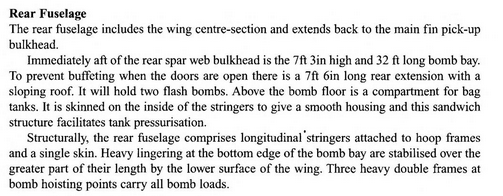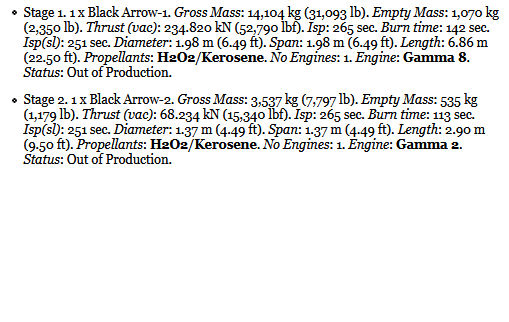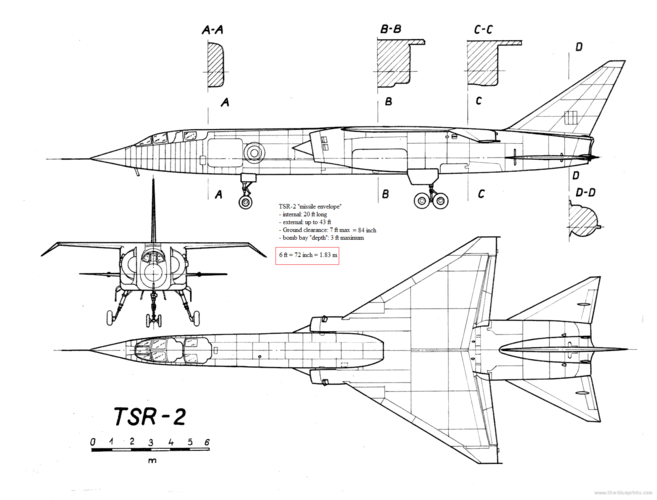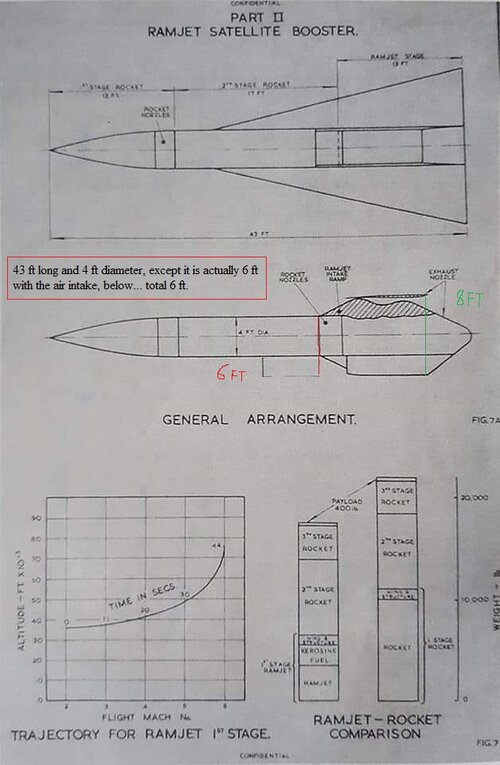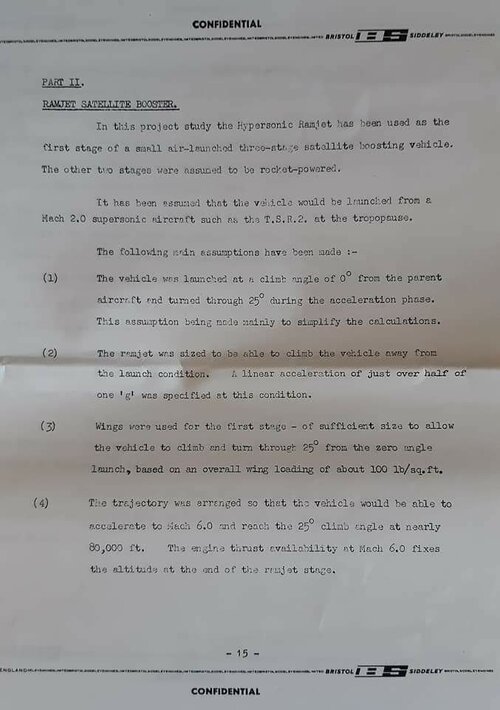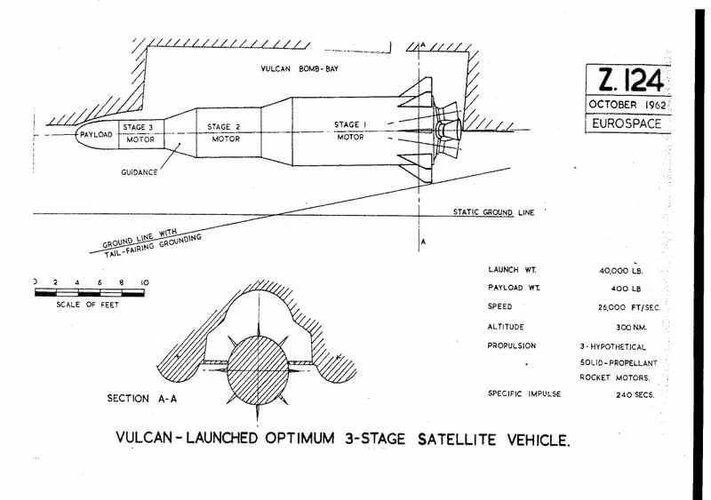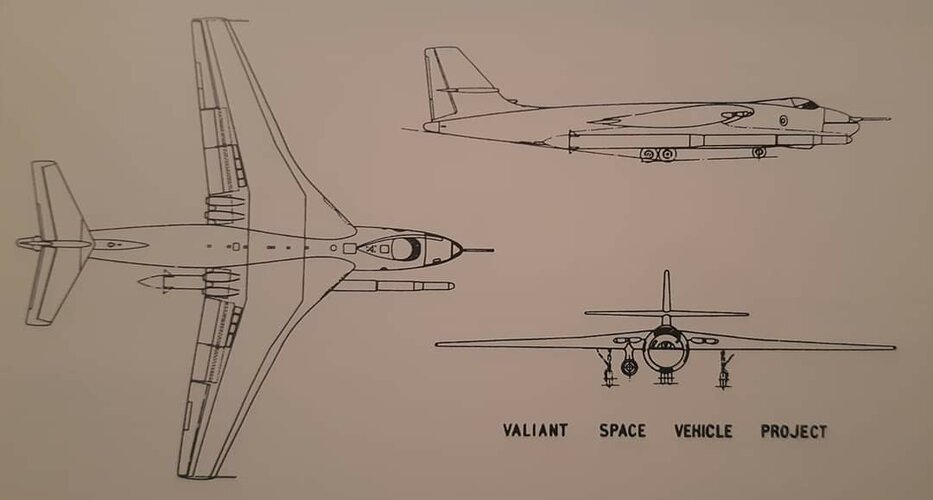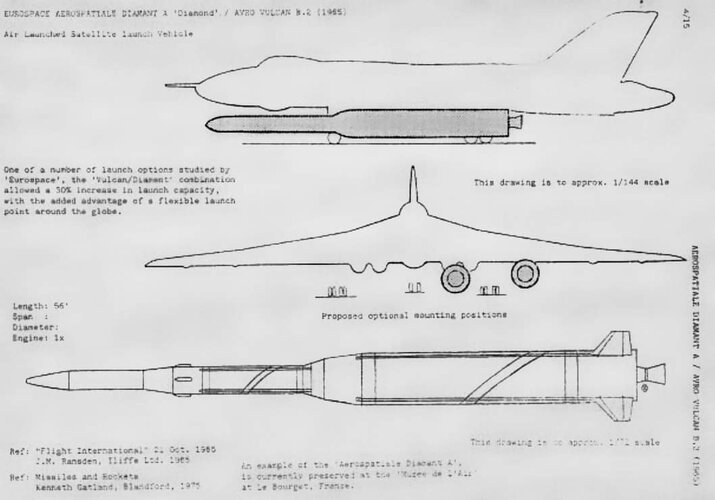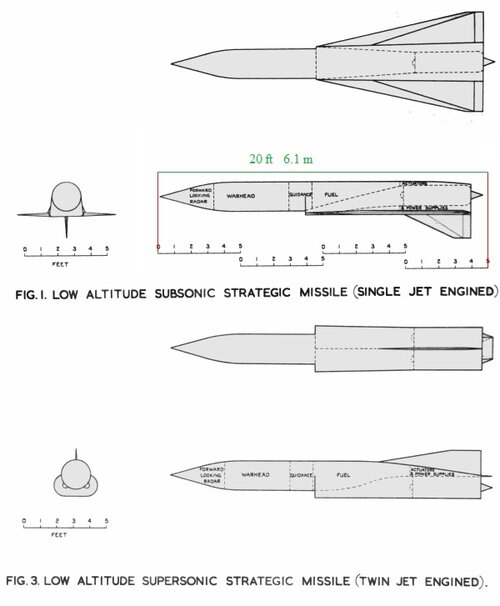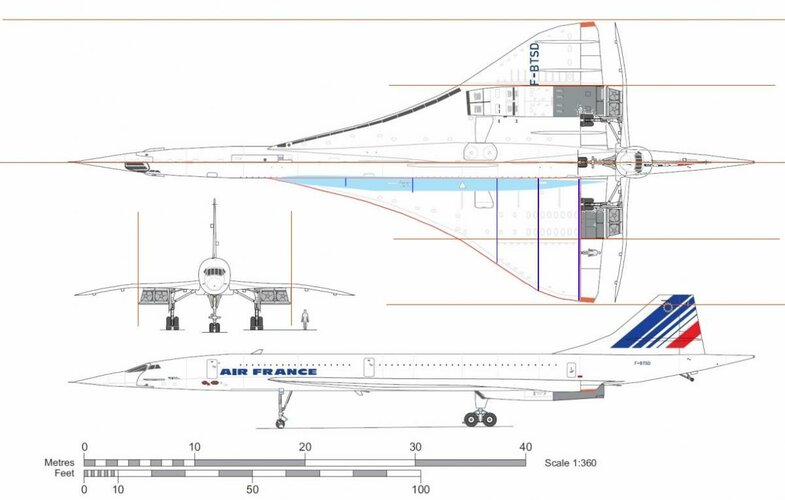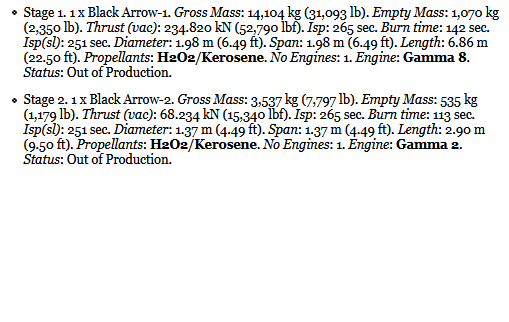Also known as "David Andrews, BSE own IRBM" - 1958
What if it was considered as an alternative to Blue Streak in 1958-60, rather than... Skybolt, then Polaris ?
Black Arrow without the fairing and waxwing third stage was no bigger than a Polaris / Poseidon / Trident
- IRBM in silos
Much smaller and compact than Blue streak, no LOX
- ALBM on Vulcans (to replace Blue Steel and OTL Skybolt)
It could happen, because the very dense peroxide results in a very small missile
- SLBM, submarines
The trickiest part. The closest thing are the Soviets R-27 and R-29 missiles, fueled with toxic / hypergolic / storable NTO-hydrazine. So I'm wondering, did the Soviets and Russians got accidents with these toxic-fueled SLBM ?
Could Great Britain put "Black Arrows" inside its boomers, in place of Polaris / Chevaline ?
- Civilian rocketry
David Andrews proposal was far larger than Black Arrow and closer from a Delta than a Scout. Could it replace OTL Blue Streak / Europa? As a high-end alternative to France's Diamant ? Black Prince, somewhat ?
What if it was considered as an alternative to Blue Streak in 1958-60, rather than... Skybolt, then Polaris ?
Black Arrow without the fairing and waxwing third stage was no bigger than a Polaris / Poseidon / Trident
- IRBM in silos
Much smaller and compact than Blue streak, no LOX
- ALBM on Vulcans (to replace Blue Steel and OTL Skybolt)
It could happen, because the very dense peroxide results in a very small missile
- SLBM, submarines
The trickiest part. The closest thing are the Soviets R-27 and R-29 missiles, fueled with toxic / hypergolic / storable NTO-hydrazine. So I'm wondering, did the Soviets and Russians got accidents with these toxic-fueled SLBM ?
Could Great Britain put "Black Arrows" inside its boomers, in place of Polaris / Chevaline ?
- Civilian rocketry
David Andrews proposal was far larger than Black Arrow and closer from a Delta than a Scout. Could it replace OTL Blue Streak / Europa? As a high-end alternative to France's Diamant ? Black Prince, somewhat ?
Last edited by a moderator:

